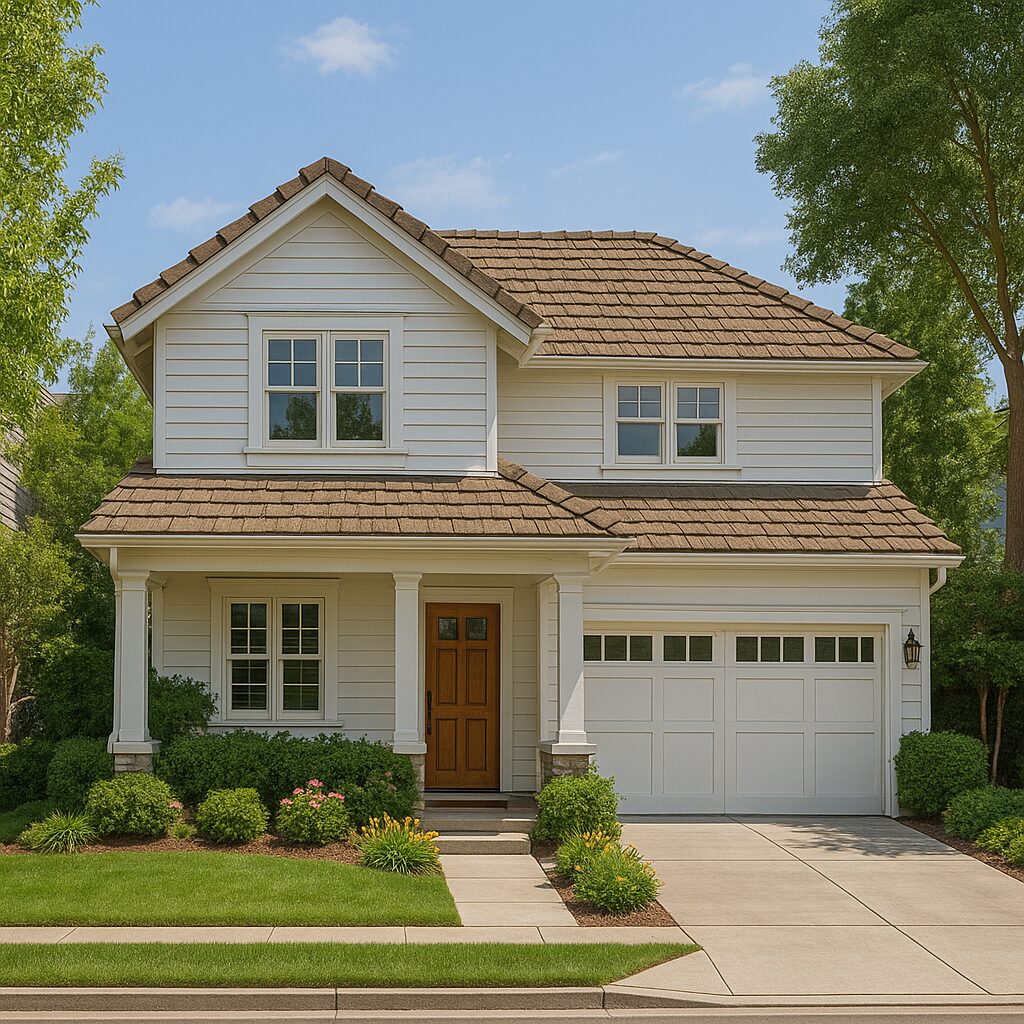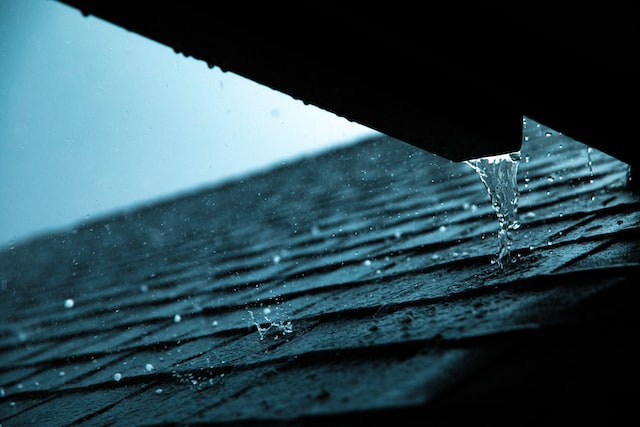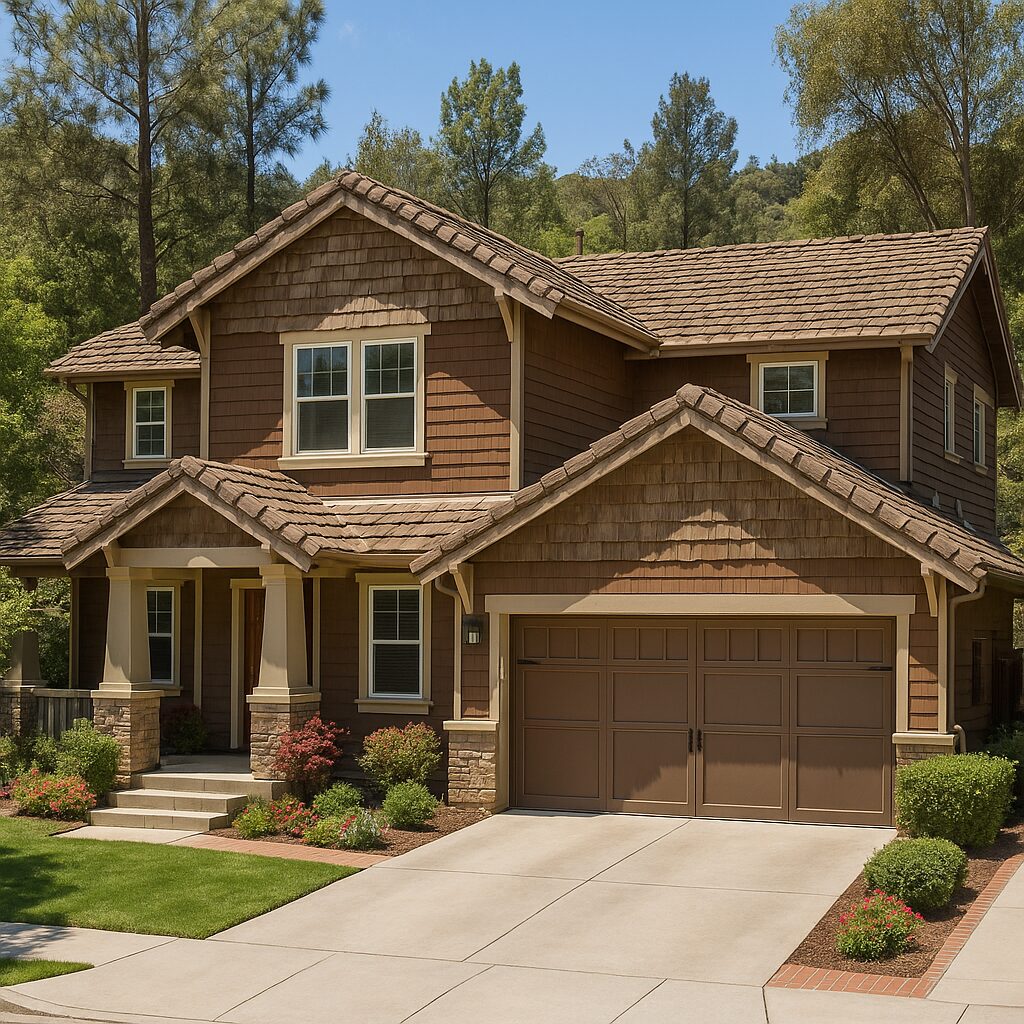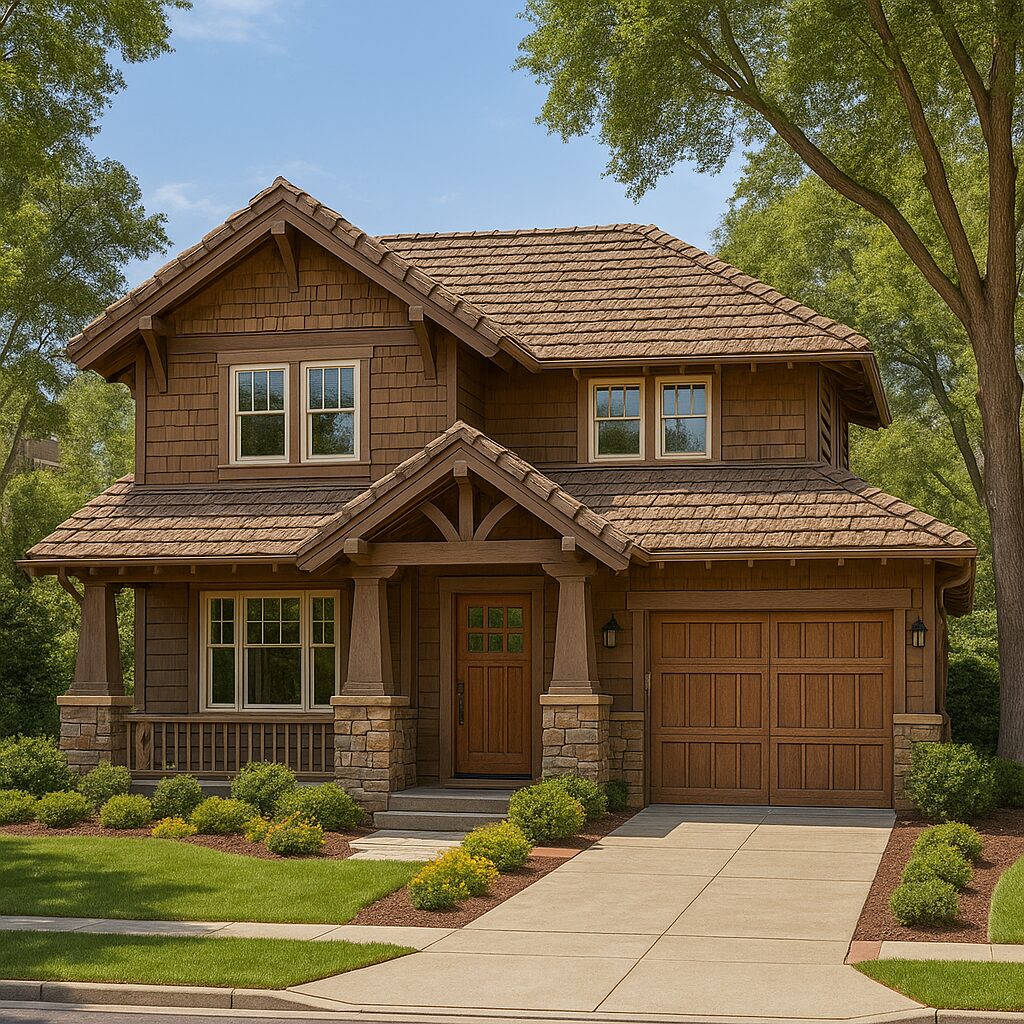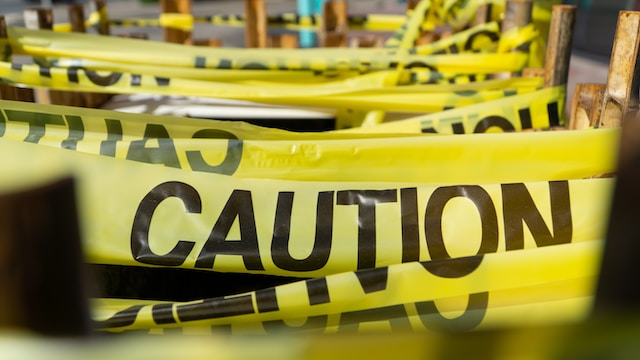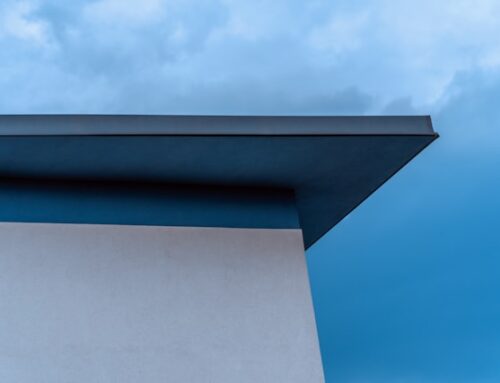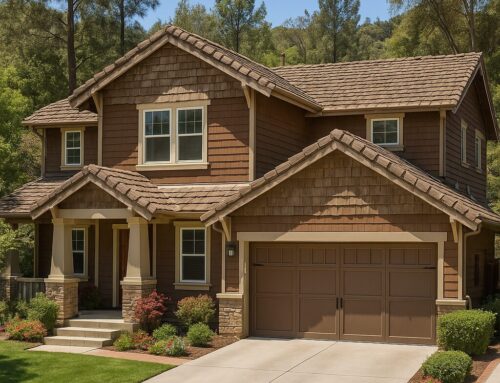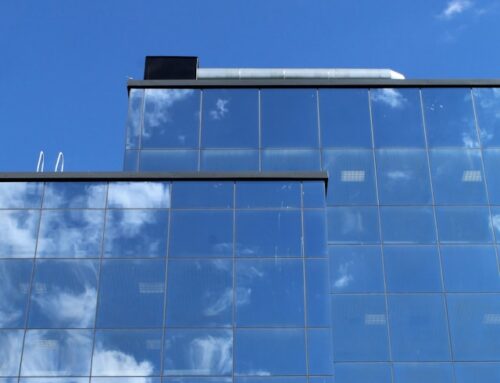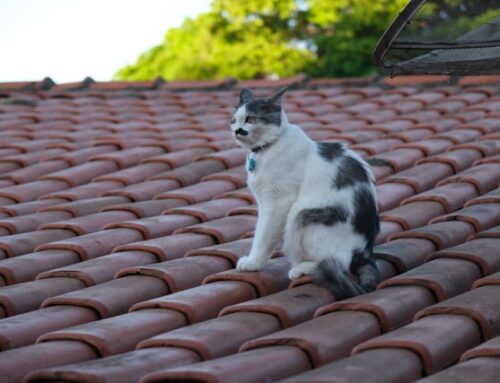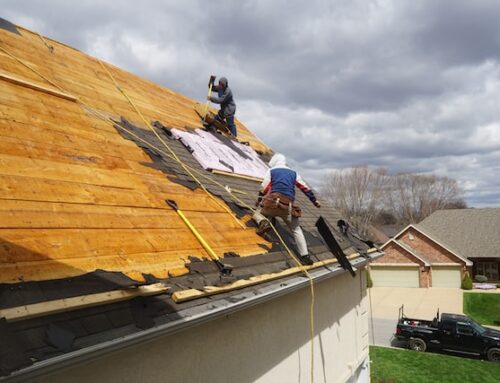Homeowners in Orange County, California, demand roofing options that offer both style and durability. One increasingly popular choice is tile shake shingles—a material that mimics the rustic beauty of wood shakes but with the strength and fire resistance of concrete or composite tile. Whether you already have a shake tile roof or are considering one, understanding how they work and how to maintain them is key to avoiding costly roof repair bills.
What Are Tile Shake Shingles?
Tile shake shingle roofing tiles resemble wood shakes but contain no wood. Instead, materials like concrete, fiber cement, or composite blends mix together and then go through a molding process to create a tile that resembles traditional wood shakes. These shingles feature deep grooves, textured surfaces, and staggered edges that mimic the natural look of split wood. Unlike real wood shakes, these tiles offer a Class A fire-rated roofing material, making them far safer for fire-prone areas like Orange County, California.
Multiple manufacturers offer shake-look tiles, ranging from lightweight concrete to steel-coated synthetic tiles. Regardless of material, these tiles give you the rustic aesthetic of wood with the long-term durability of tile.
Where Are Shake Tile Shingles Used?
You’ll commonly find tile shake shingles in the inland and hillside neighborhoods of Orange County, where rustic architecture dominates. These areas include:
- Trabuco Canyon
- Rancho Santa Margarita
- Coto de Caza
- Tustin Foothills / Cowan Heights
- Parts of Irvine’s Woodbridge Village
These communities feature Craftsman, Ranch, or Rustic Revival–style homes. In these neighborhoods, many HOAs either recommend or permit tile shake to maintain architectural consistency while improving fire safety.
What Makes This Style Popular
Tile shake shingles combine aesthetic charm with practical advantages, making them an ideal option for many Orange County homeowners:
- Fire Resistance: Unlike real wood, concrete, and composite shake tiles are Class A fire-rated.
- Durability: Most tile shake shingles last 40 to 50 years or more.
- Low Maintenance: These tile shingles resist pests, warping, and rot.
- Architectural Appeal: Shake-style tiles complement homes designed with natural or traditional materials, especially when building codes prohibit real wood shakes.
They also offer a great return on investment when maintained properly, since a well-preserved roof enhances curb appeal and resale value.

Roof inspections prevent this situation
Tile Shake Shingle Roof Inspection
Routine inspections catch minor issues before they become major, costly roof repair jobs. A tile shake roof inspection looks for:
- Cracked or broken tiles: While rare, individual tiles can crack under impact or stress.
- Loose tiles: Improper installation or age-related wear can cause tiles to shift or lift.
- Underlayment deterioration: Water damage often starts beneath the surface if the underlayment is old or compromised.
- Moss or debris buildup: Organic matter can trap moisture and degrade the material over time.
Most experts recommend a professional roof inspection every 2–3 years, especially after major storms or if your roof is over 15 years old.
Tile Shake Shingle Roof Repair
If your tile shake roof has damage, protect your home from further damage by completing prompt roof repair. Common repairs include:
- Replacing broken or missing tiles
- Securing loose or sliding tiles
- Fixing flashing around chimneys and vents
- Re-sealing or replacing aging underlayment
- Addressing water intrusion or leaks immediately
Fortunately, many shake tile systems are designed for individual tile replacement, making roof repairs more affordable than full roof replacement. That said, only licensed roofing professionals familiar with tile systems, such as Crank Waterproofing, Decking and Roofing, should handle repairs to avoid voiding warranties or damaging surrounding tiles.
If you live in a community that values the traditional shake look, tile shake shingles offer a safe, durable, and beautiful alternative. Just remember: routine maintenance and professional inspection are the keys to avoiding expensive roof repair surprises.
